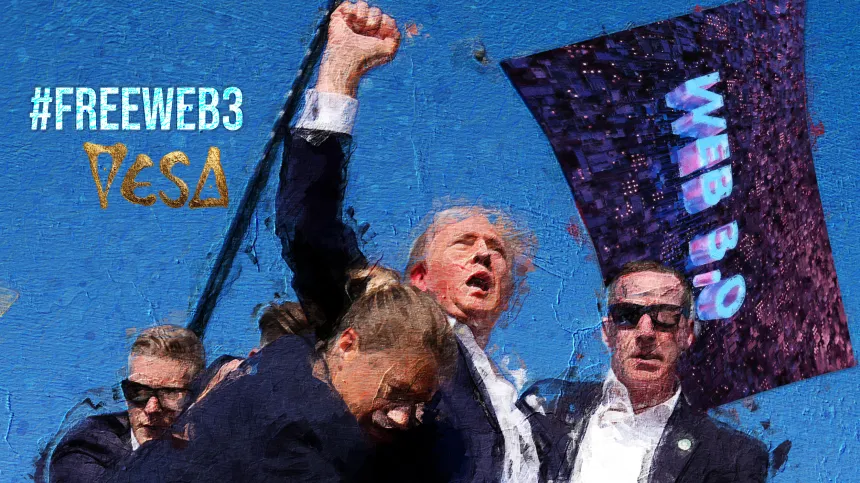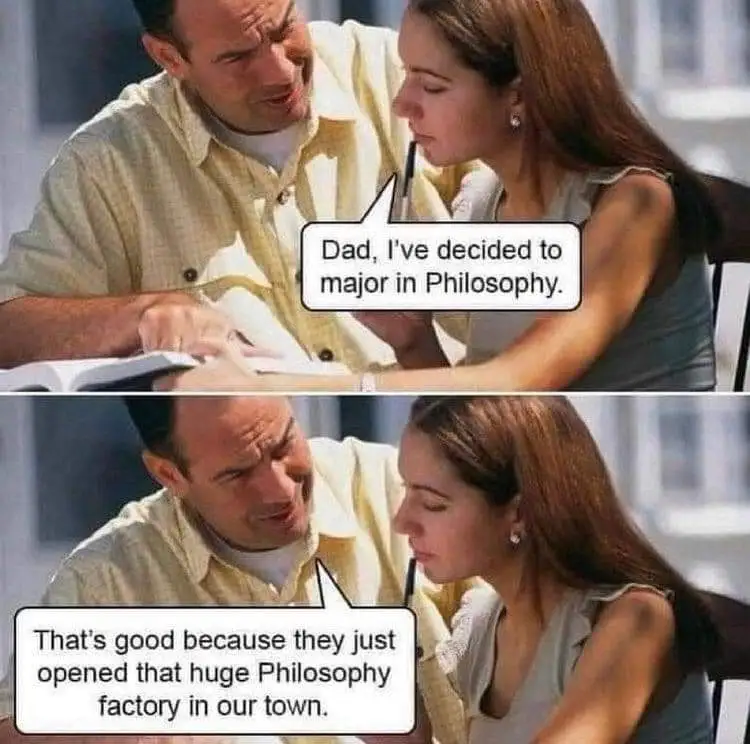Web3 Offers Artists Freedom from Postmodernism’s Restrictions
Web3 Liberation from Postmodernism’s Stranglehold: The Art Renaissance
By VESA
Postmodernism influences various sectors, including technology, corporations, legislation, and media. This philosophy often hinders creativity and diversity of thought. Numerous other philosophies and perspectives are overlooked in favor of a dominant narrative that ironically claims to be repressed. This phenomenon is described as a luxury belief for the elite, serving as a control mechanism with Marxist roots.

Postmodernism's core characteristic is deconstruction, which disassembles ideas without providing coherent solutions. Real progress requires embracing a diversity of philosophies and perspectives. Web3 has the potential to liberate art and culture from this restrictive framework, enabling creators to explore beyond postmodern limitations.
This was overlooked during the initial NFT surge, which continued to feature postmodern experts rather than innovative approaches to sustainable art.
The original avant-garde movement diminished under the weight of financial incentives supporting postmodern expressions, leaving many unaware of its stagnation.

Disdain for significant ideas has led to the working class being governed by them. Many now face disillusionment as the humanities succumb to a singular ideology. This shift parallels the changing perceptions of the U.S. intelligentsia towards regions they previously dismissed.
While postmodernism cannot be solely defined as woke or Marxist, these elements are present. Steven Hicks provides a thorough analysis of postmodern foundations, which can be valuable for understanding its implications.
Part I – Philosophy foundations
Part II – Relevance now

For decades, postmodernism has dominated art, enforcing a narrow view of reality that reflects societal fragmentation and obsession with irony. Initially intended to challenge norms, it has become a new establishment, limiting genuine exploration and universal truths.
Web3 emerges not only as a technological advancement but as a means to liberate artistic expression. Its purpose is to set culture free, allowing artists to escape traditional galleries' constraints and reach audiences directly through decentralized platforms.
Through NFTs and blockchain, creators bypass gatekeepers, enabling unfiltered artistic expression. This shift signifies an anti-postmodern era valuing authenticity over calculated irony.

The Garden of Earthly Delights by Hieronymus Bosch serves as a metaphor for the consequences of a world devoid of spiritual guidance, reflecting human nature's darker aspects. The link provides further insight.
Outside postmodernism lies a wealth of artistic traditions and narratives. Web3 offers tools to create art that celebrates beauty, harmony, and spirituality while integrating digital advancements. Artists can explore diverse themes without adhering to a single ideology, contributing to art's role in humanity's journey.
Authenticity as an Artist: From Cave Paintings to the Metaverse
Art has been an integral part of human existence since ancient times. Today, many artists face pressure to conform to trends, risking the loss of their authenticity. True artistry involves drawing from a rich history of creativity spanning thousands of years.

Graham Hancock's series Ancient Apocalypse faced criticism as racist despite his long-standing appreciation for diverse cultures, illustrating postmodernism's impact on narrative construction.
Authentic artists draw inspiration from history and future possibilities. Web3 facilitates exploration across these realms, merging digital and timeless art forms. The metaverse allows for interactive experiences that respect older art's depth while innovating new expressions.

Exploring art history reveals the importance of building connections through creative expression. Authentic art transcends imitation, utilizing various mediums to convey truth. Web3 and the metaverse provide expansive canvases for artists to innovate while honoring their creative heritage.

Consider the reaction if an openly conservative gallery were unveiled.
The Heretical Idea: Curate Your Own Galleries Outside the Establishment
Cultural curators and artists should consider creating their own galleries instead of seeking representation in the traditional art world. Web3 facilitates establishing online galleries, enabling artists to share their work on their terms.
Decentralization allows artists to bypass traditional gatekeepers, reaching global audiences and forming supportive communities. Curating personal galleries fosters creative freedom and highlights unique styles and voices often overlooked by conventional art institutions.
Building galleries in the Web3 space disrupts outdated systems and creates a collaborative environment where artistic diversity flourishes, free from ideological constraints.
Artists can curate exhibitions reflecting their visions, whether exploring surrealism, futurism, or socio-political commentary. The ability to shape one's narrative empowers artists, and Web3 serves as the key to unlocking this potential.

TDR
Many artists and collectors anonymously participate in discussions about their views, highlighting a need for open dialogue. Since 2017, there have been efforts to promote free speech within the art community. The virtual space should welcome diverse ideologies instead of catering to a single dominant narrative.

The upcoming political landscape will significantly impact the Web3 community, addressing issues like free speech and innovation. Although opinions on figures like Trump vary, there is recognition of emerging voices advocating for Bitcoin and free expression.
Let that sink in,
VESA
Crypto Artist, Speaker, Consultant, Writer
All links to physical, NFTs, and more below
